Understanding Japanese Culture Mythology and Lifestyle Through Study of Shinto
In the realm of Japanese culture, there is a saying that goes, ‘The nail that sticks out gets hammered down.’
As one explores the intricate layers of Shinto, a world unfolds, filled with ancient wisdom and profound symbolism. From the whispers of kami in the rustling leaves to the meticulous rituals that bind past to present, Shinto offers a glimpse into a universe where tradition dances with modernity.
Join this voyage of discovery, where the essence of Japan’s soul is laid bare, waiting to be understood and embraced.
Just The Basics

- Shinto emphasizes reverence for nature and kami spirits, shaping Japanese cultural values.
- Rituals like purification ceremonies and prayers play a vital role in daily life.
- Nature’s symbolism in mythical tales highlights the harmonious relationship between humans and nature.
- Modern Shinto practices blend ancient traditions with contemporary influences, reflecting Japan’s cultural identity.
Shinto Origins and Beliefs
Shinto’s origins in Japan trace back to ancient times, where the belief system emphasizes reverence for kami spirits and the natural world. With no specific founder, Shinto is deeply rooted in Japanese culture, blending elements of Buddhism and Confucianism.
Central to Shinto beliefs is the respect for kami, the spirits believed to inhabit all things in nature. Shinto rituals and ceremonies play a significant role in adherents’ lives, focusing on purification and offerings to these divine beings.
The connection to nature is paramount in Shinto, influencing not only religious practices but also shaping Japanese art, literature, and societal norms. This emphasis on harmony with the natural world continues to hold relevance in modern Japanese society, reflecting Shinto’s enduring presence and influence.
Mythical Tales and Nature’s Influence
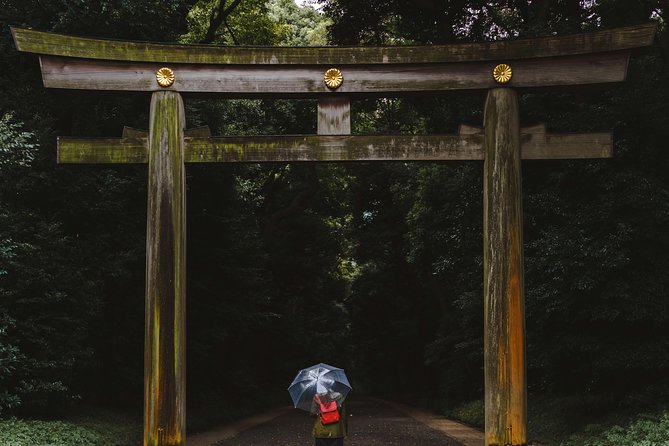
In Shinto mythology, ancient tales intertwine with the profound influence of nature, shaping beliefs and practices deeply ingrained in Japanese culture. Nature’s symbolism is prevalent in these mythical tales, where elements like mountains, rivers, and forests are often depicted as sacred entities embodying spiritual connections between the physical and spiritual worlds.
These stories emphasize the harmonious relationship between humans and the natural environment, highlighting the reverence for the land and its diverse ecosystems. Through these narratives, Shinto conveys a deep respect for the intrinsic beauty and power of nature, encouraging individuals to appreciate and protect the environment as an integral part of their spiritual beliefs and cultural identity.
Rituals and Practices
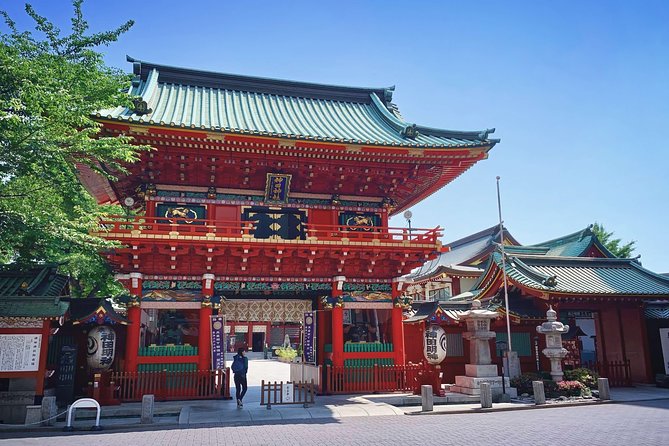
Rituals and practices in Shinto tradition encompass a diverse range of ceremonial activities aimed at fostering spiritual connections and reverence for kami. These rituals and practices play a vital role in the daily lives of practitioners, emphasizing the importance of spiritual purity and harmonious relationships with the natural world.
-
Purification Ceremonies: Shinto followers engage in various purification rituals to cleanse themselves spiritually before approaching kami.
-
Prayer Traditions: Prayer holds significant importance in Shintoism, with devotees offering prayers at shrines and during personal rituals to communicate with and show respect to the kami.
-
Sacred Offerings: Offerings of food, water, sake, and symbolic items are made to kami as a sign of gratitude and respect.
-
Seasonal Celebrations: Shinto festivals mark the changing of seasons, fostering a deep connection with nature and celebrating the kami’s blessings.
Modern Impact and Celebrations
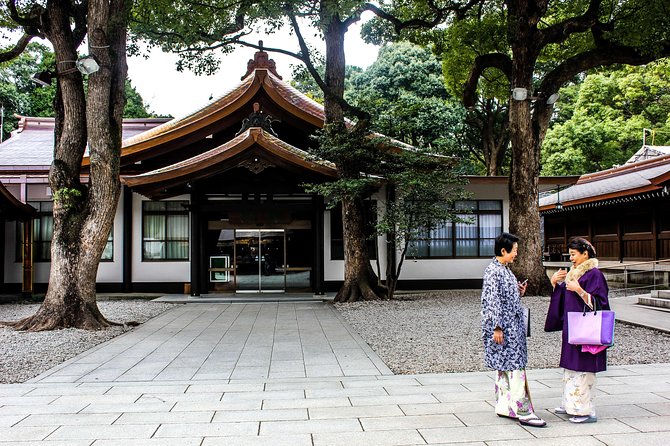
Emphasizing harmony with nature, modern Shinto practices and celebrations continue to reflect the deep-rooted cultural significance of kami spirits in Japanese society. Contemporary practices blend ancient traditions with modern influences, showcasing a unique aspect of Japanese culture.
Participation in festivals, such as the famous Gion Matsuri in Kyoto or the Tenjin Matsuri in Osaka, highlights Shinto’s presence in daily life and its connection to national identity. These celebrations not only serve as opportunities for communities to come together but also play a crucial role in maintaining cultural heritage.
Through engaging in purification rituals, offering prayers, and interacting with omamori amulets, individuals uphold Shinto traditions while adapting to the evolving landscape of modern Japan.
Shinto’s Cultural Significance
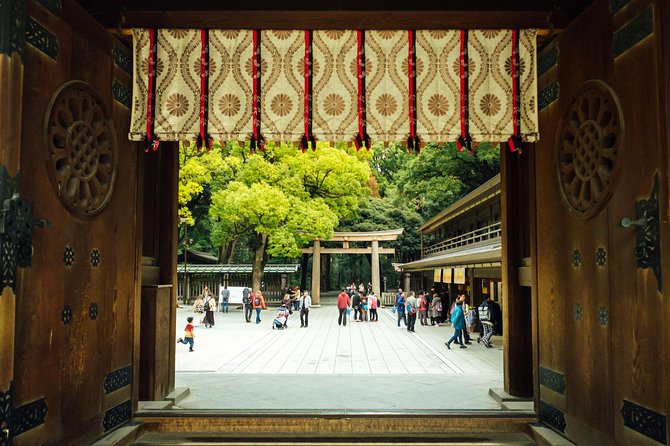
With its deep-rooted historical origins and influence on various aspects of Japanese society, Shinto holds significant cultural importance in shaping the collective identity of the nation. Shinto’s cultural significance is evident through:
-
Cultural practices: Shinto influences various traditional customs and societal norms.
-
Traditional ceremonies: Rituals and ceremonies play a vital role in maintaining Shinto traditions.
-
Connection to nature: Shinto’s emphasis on harmony with nature impacts Japanese lifestyle and environmental attitudes.
-
National identity: Shinto’s presence in modern Japan is tied to the country’s identity and is celebrated in annual events.
Common questions
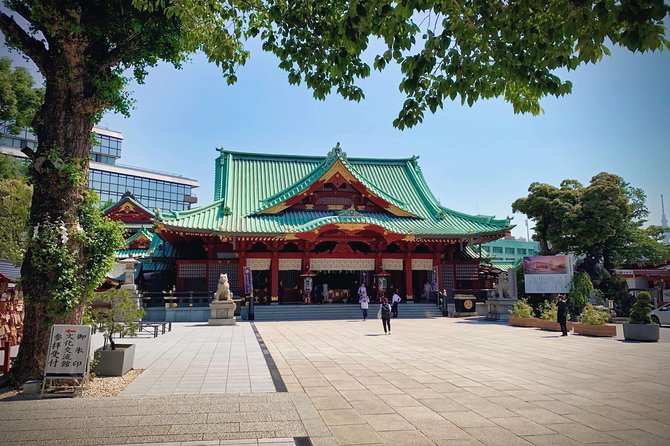
How Has Shintoism Evolved and Adapted to Modern Japanese Society and Culture?
Shintoism has evolved through time, adapting to modern Japanese society while maintaining its cultural influence. Emphasis on harmony with nature persists, seen in rituals, festivals, and national identity celebrations. The religion’s evolution reflects Japan’s dynamic culture.
Are There Any Specific Taboos or Restrictions to Be Aware of When Visiting Shinto Shrines?
When visiting Shinto shrines, it’s important to respect cultural etiquette and understand their spiritual significance. Proper behavior includes bowing before entering, cleansing hands and mouth at temizuya, and refraining from taking photos in certain areas.
What Role Do Shrines and Priests Play in Everyday Japanese Life and Community?
Shrines and priests in everyday Japanese life play vital roles in community gatherings, providing spiritual guidance, and blessings. They facilitate rituals, ceremonies, and offer support, fostering a deep connection between individuals and the divine.
How Does Shintoism Interact With Other Religions and Belief Systems in Japan?
Shintoism in Japan interacts with other religions and beliefs through interfaith dialogue and cultural assimilation. It integrates elements of Buddhism and Confucianism while maintaining its focus on kami spirits, rituals, and nature, showcasing a rich tapestry of spiritual diversity.
Are There Any Ongoing Debates or Controversies Surrounding Shinto Practices or Beliefs in Contemporary Japan?
Contemporary debates about Shinto controversies in Japan exist, often regarding the separation of Shinto and state. Some argue that government involvement in Shinto rituals blurs the line between religion and politics, sparking ongoing discussions.
Last Words
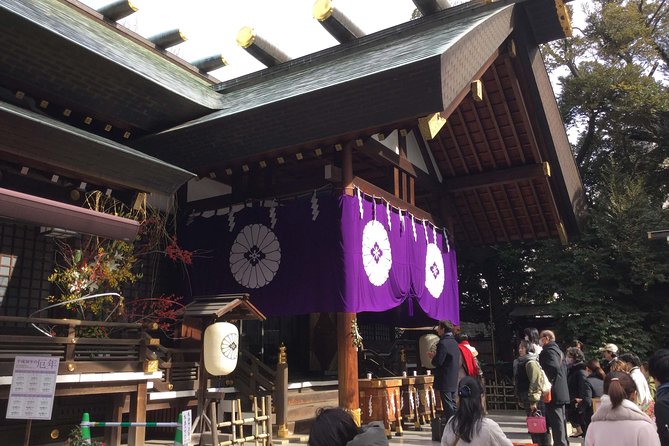
To sum it up, the study of Shinto offers a fascinating glimpse into Japanese culture, mythology, and lifestyle. From its ancient origins rooted in nature and kami spirits to its modern-day influence on society, Shinto continues to shape the cultural identity of Japan.
Through its intricate rituals, mythical tales, and harmonious relationship with nature, Shinto provides a deep connection to the past while enriching contemporary life in Japan.
Join the journey to discover the beauty and significance of Shinto in Japanese society.